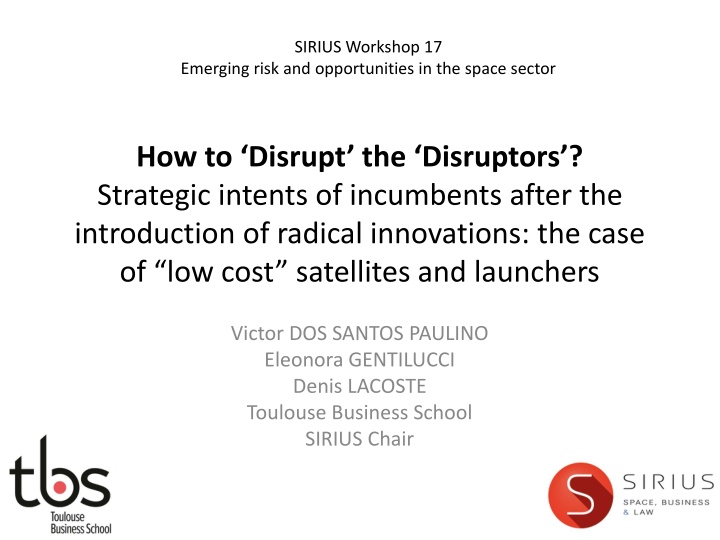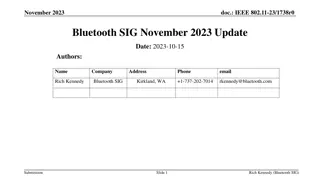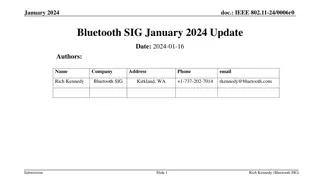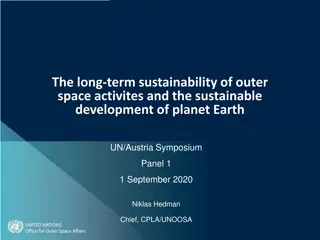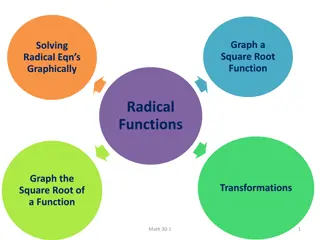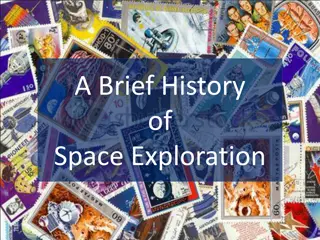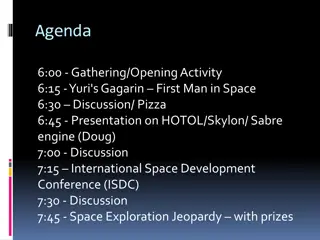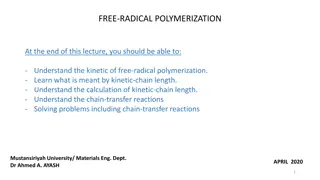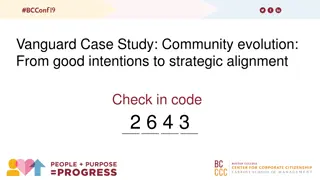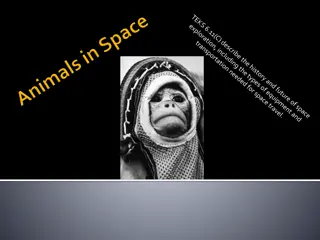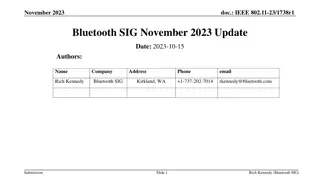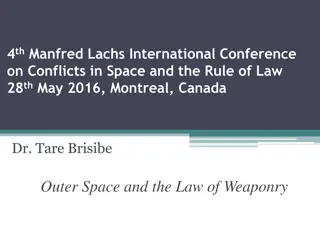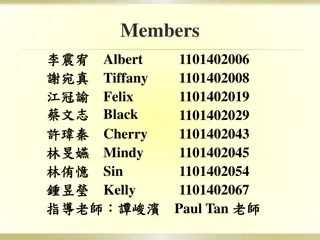Strategic Intentions of Space Industry Incumbents Post Radical Innovations
Explore the responses of established space industry players to recent radical innovations, focusing on technological choices and strategic intents. Analyze how incumbents are adapting to disruptors in the low-cost satellite and launcher sector. The study delves into the construction of strategies post new entrants' innovations, shedding light on the uncertainty and challenges faced by incumbents in the evolving space industry landscape.
Download Presentation

Please find below an Image/Link to download the presentation.
The content on the website is provided AS IS for your information and personal use only. It may not be sold, licensed, or shared on other websites without obtaining consent from the author.If you encounter any issues during the download, it is possible that the publisher has removed the file from their server.
You are allowed to download the files provided on this website for personal or commercial use, subject to the condition that they are used lawfully. All files are the property of their respective owners.
The content on the website is provided AS IS for your information and personal use only. It may not be sold, licensed, or shared on other websites without obtaining consent from the author.
E N D
Presentation Transcript
SIRIUS Workshop 17 Emerging risk and opportunities in the space sector How to Disrupt the Disruptors ? Strategic intents of incumbents after the introduction of radical innovations: the case of low cost satellites and launchers Victor DOS SANTOS PAULINO Eleonora GENTILUCCI Denis LACOSTE Toulouse Business School SIRIUS Chair
Purpose Hi everyone, my name is Elon Musk, I am the founder of SpaceX. You are all dead in five years. (Elon MUSK, 2006, Washington, [Challenges, 2013]) Study the strategic intents of existing producers after the recent introduction of radical innovations by new entrants Diversity of intents Construction of intents Ex ante analysis = uncertainty Radical innovation have not yet produced the results expected by new entrants Incumbents did not yet implement a new strategy get the results of the new strategy 2
Literature review strategic intents The realized strategy results from a process starting with the strategic intents The strategic intents are between the strategic diagnosis and realized strategy observed later Strategic intents may relate to technological choices, mergers and acquisitions, internationalization, etc. We focus on technological choices Strategic intents are visible in the speech of companies Source: Mintzberg (1994) 3
Literature review Strategy construction Existing firms build their strategy by analyzing if the new technology is a substitute of the existing technology (Gambardella, 2004) Producers look at the interest of customers for the new technology to determine if it is a substitute of the existing technology (Christensen, 1996) 4
Our conceptual framework Is the new Strategy construction technology a Strategic intents in technology substitute? Improvement of the existing technology A Imitation of the new radical technology B Yes Technological leap by using a different technology C Interest of customers for the radical innovation No No reaction and keep using technology A 5
Methodology Qualitative methodology Study of the speech of senior managers after the introduction of a radical innovation Period: 2005-2017 Units of analysis Actors Existing producers Existing customers Market Satellites Launchers Radical innovations Low cost satellites and launchers Sources: specialized and general press e.g. Aviation Week & Space Technology, Lockheed Martin Press release, SpaceNews, Air et Cosmos, l Usine Nouvelle, etc. 6
Satellites: Producers Diversity of strategic intents after the introduction of the radical innovation (i.e. low cost satellites) Multiple strategic intents by the same company: imitation and technological leap (e.g. Sodern, Thales Alenia Space, Airbus) Contradiction: imitation and technological leap combined with no reaction and improvement of existing technology (e.g. Airbus: commercial satellites and scientific satellites) 8
Satellites: Customers Diversity of speeches Institutional customers and new commercial customers: low cost satellites are substitutes (e.g. U.S. Air Force Research Laboratory, OneWeb) They lead producers to react Existing commercial customers: low cost are not substitutes (e.g. AsiaSat, Iridium Communications, Arabsat) They lead producers to not react 9
Launchers: Producers Diversity of strategic intents after the introduction of the radical innovation (i.e. low cost launchers) Multiple strategic intents by the same company: imitation and technological improvement (e.g. ULA Engineering, ATK) Contradiction: imitation and technological improvement combined with no reaction (e.g. Arianespace) 10
Launchers: Customers Diversity of speeches Commercial customers and US institutional customers At short term Low cost launchers are considered as imperfect substitutes but they could become substitutes at long term (e.g. AsiaSat, SES, Eutelsat, Airforce Space) Lead producers to react European institutional customers Low cost launchers are considered both as substitutes and as no substitutes (e.g. CNES, French Ministry of higher education and research, French Air Force General) Lead producers to adopt contradictory strategic intents: reaction and no reaction 11
Preliminary conclusions Diversity of strategic intents for the same radical innovation ( low cost ) 4 possible intents Several intents at the same time Contradictory intents Strategic intents of existing producers to face the same radical innovation is influenced by their market position the interest of customers on the radical innovation consistency between on the one hand the strategic intents of existing producers and on the other hand the customers interest on the radical innovation Diversity is explained by the complexity of the strategic position of incumbents Not by irrationality Impossible to say that strategic intents are dangerous 12
